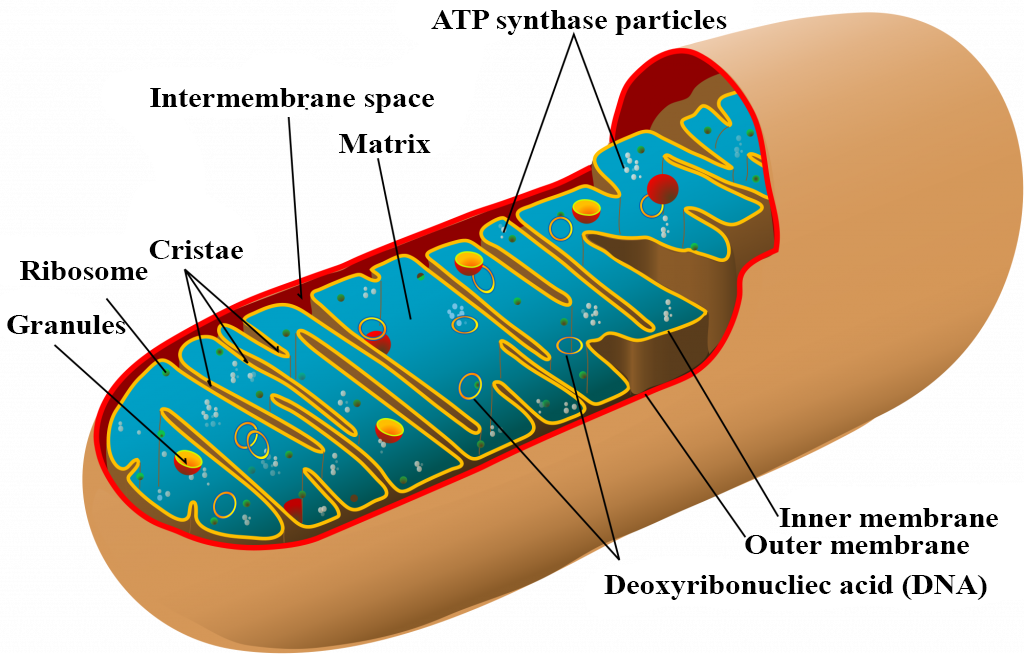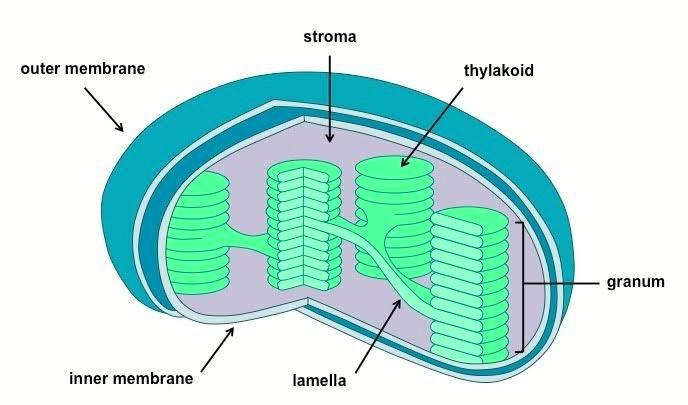
Give the name of two semi-autonomous cell organelles.
Answer
514.3k+ views
Hint: The two examples are also known as the powerhouse of the cell and the kitchen of the cell.
Complete answer:
Semi-autonomous cell organelles have the following two features:
i) They possess their own DNA, RNA, and ribosomes.
ii) They also possess their protein-synthesizing machinery.
The names of the two cell organelles which are semi-autonomous are the mitochondria in an animal cell, also known as the powerhouse of the cell and the chloroplast is plant cell also known as the kitchen of the plant cell.


Additional Information:
Mitochondria has the following characteristics:
- It can be of two shapes, saucer or oval-shaped. It was first found in the striated flight muscles of insects by Kolliker. Altman gave its detailed demonstration and named it bioblast. - The term mitochondria was given by Benda.
- It is a double membrane structure.
- Inner membrane is folded and these infoldings are known as cristae.
- The inner membrane also has oxysomes or elementary particles, F0-F1 particles which are a part of the electron transport system. The F1 part acts as an ATPase.
- The mitochondria contains 70% of the total cellular enzymes.
Chloroplast has the following feature:
- The chloroplast contains three parts: the envelope, stroma, and the lamellar system.
- It is also known as autoplast, photosynthetic apparatus, and the kitchen of the cell.
- The thylakoids are also known as baggy trousers, their inner membrane has quantasomes which are the functional units of photosynthesis.
Note: It is to be remembered that the semi-autonomous organelles, chloroplast, and mitochondria are both present inside eukaryotic cells. They are similar to unicellular prokaryotes like bacteria, and it is believed that these semi-autonomous organelles have originated from unicellular prokaryotes.
Complete answer:
Semi-autonomous cell organelles have the following two features:
i) They possess their own DNA, RNA, and ribosomes.
ii) They also possess their protein-synthesizing machinery.
The names of the two cell organelles which are semi-autonomous are the mitochondria in an animal cell, also known as the powerhouse of the cell and the chloroplast is plant cell also known as the kitchen of the plant cell.


Additional Information:
Mitochondria has the following characteristics:
- It can be of two shapes, saucer or oval-shaped. It was first found in the striated flight muscles of insects by Kolliker. Altman gave its detailed demonstration and named it bioblast. - The term mitochondria was given by Benda.
- It is a double membrane structure.
- Inner membrane is folded and these infoldings are known as cristae.
- The inner membrane also has oxysomes or elementary particles, F0-F1 particles which are a part of the electron transport system. The F1 part acts as an ATPase.
- The mitochondria contains 70% of the total cellular enzymes.
Chloroplast has the following feature:
- The chloroplast contains three parts: the envelope, stroma, and the lamellar system.
- It is also known as autoplast, photosynthetic apparatus, and the kitchen of the cell.
- The thylakoids are also known as baggy trousers, their inner membrane has quantasomes which are the functional units of photosynthesis.
Note: It is to be remembered that the semi-autonomous organelles, chloroplast, and mitochondria are both present inside eukaryotic cells. They are similar to unicellular prokaryotes like bacteria, and it is believed that these semi-autonomous organelles have originated from unicellular prokaryotes.
Recently Updated Pages
The number of solutions in x in 02pi for which sqrt class 12 maths CBSE

Write any two methods of preparation of phenol Give class 12 chemistry CBSE

Differentiate between action potential and resting class 12 biology CBSE

Two plane mirrors arranged at right angles to each class 12 physics CBSE

Which of the following molecules is are chiral A I class 12 chemistry CBSE

Name different types of neurons and give one function class 12 biology CBSE

Trending doubts
One Metric ton is equal to kg A 10000 B 1000 C 100 class 11 physics CBSE

State the laws of reflection of light

Explain zero factorial class 11 maths CBSE

What is 1s 2s 2p 3s 3p class 11 chemistry CBSE

An example of chemosynthetic bacteria is A E coli B class 11 biology CBSE

10 examples of friction in our daily life




